Environment
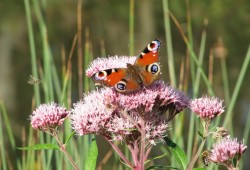
The Manhood Peninsula Partnership was formed in recognition of the challenges the peninsula faces as a result of climate change and the increasing demands on its environment. By recognising the different issues the area faces, its assets and possibilities, and by valuing its distinct and almost unique character on the south coast, the MPP hopes to create opportunities and provide solutions for a sustainable future for the Manhood and its communities.
Coastal Management
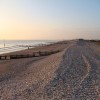
A large part of the Manhood Peninsula is less than 5m above sea level and at risk from flooding, both inland and coastal. It is likely that climate change will increase this risk, through rising sea levels, rising water tables and increased precipitation intensity. Drainage is an increasing problem on the peninsula as the existing ditches are proving inadequate... Continue Reading »
Drainage & Flood Risk
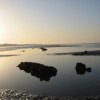
Drainage and flood risk are increasing problems on the Manhood Peninsula which may worsen considerably with climate change. For local advice see the Chichester District Council web pages for Drainage - Help and Advice. The Manhood Peninsula Partnership (MPP) commissioned a drainage survey of the peninsula from Royal Haskoning DHV during the ESPACE Project in 2006 (see link below) and is working closely... Continue Reading »
Chichester Harbour
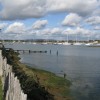
At 74km2, Chichester Harbour is the largest natural estuary in South East England. It is a living, working landscape, where over 10,000 people live. The Harbour straddles the county boundary between West Sussex and Hampshire, and every year, around 1.5 million people visit, whether to sail the waters or walk the network of footpaths. There are 14 sailing clubs in... Continue Reading »
Marine Life
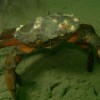
Our local waters throng with marine life. In Chichester Harbour pontoon pilings and mooring chains are covered in a wealth of colourful seaweeds and animals and reefs of native oysters provide a home for bright red sea squirts, hydroids and sponges. The worms, crustaceans and molluscs that provide food for Harbour birds also sustain a rich food chain below... Continue Reading »
Wildlife
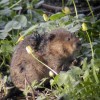
The Manhood Peninsula is an incredible area with a wealth of wildlife, featuring plant and animal habitats of global rarity. The peninsula has areas that are surrounded by ‘Sites of Special Scientific Interest’ (SSSI) at Bracklesham Bay, Chichester Harbour and Pagham Harbour Local Nature Reserve. Many of these sites are internationally important for nature conservation, harbouring a diverse range... Continue Reading »
Nature and Conservation
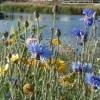
The peninsula contains several internationally important nature conservation areas (see wildlife page). Extensive consultation took place to examine how the environmental character of the Manhood could be enhanced by the Medmerry managed realignment scheme and how it could benefit the local population, through sensitive management of habitat and tourism. The scheme has been successfully completed and is now managed... Continue Reading »
Infrastructure Pressure
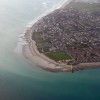
Increased development in the area for housing during the last few decades has resulted in infrastructure problems, particularly relating to transport and drainage. Future development must be managed extremely carefully to avoid further infrastructure problems and degradation of the area. To find out more about how these issuea are being addressed at local and national levels see the Consultations, Reports... Continue Reading »
Agriculture and Horticulture
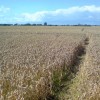
Agricultural land on the manhood is mainly Grade I and Grade II, among the best arable land in the country. Farms in the area have an average size of about 625 acres. The National Farmers Union estimates that an arable farm needs to be about 400 acres or more to be profitable. However, increasing drainage problems is resulting in... Continue Reading »
Sustainability
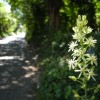
Sustainability is just one word and yet there are over 300 definitions. In 1987, the World Commission on Environment and Development produced the best known definition of sustainability – “meeting the needs of the present without compromising the ability of future generations to meet their own needs.” The findings from this report became known as the Brundtland Report, also known... Continue Reading »